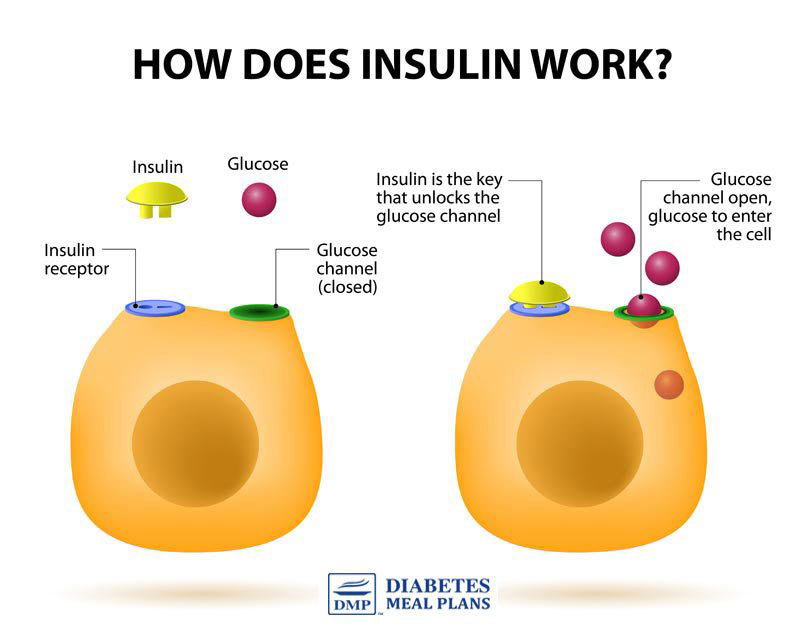If you’ve been recently diagnosed with type 2 diabetes or prediabetes, you’ve likely come across a variety of terms that can be a little confusing—especially when you start reading articles, looking at charts, or hearing advice from different sources.
One of the most common points of confusion? The terms blood sugar and blood glucose.
You might see one article talk about a “blood sugar chart” while another uses “blood glucose chart.”
You may also notice different health organisations and websites using the terms blood sugar levels and blood glucose levels interchangeably. So what’s the difference between them?
Here’s the good news: there’s no difference at all.
Blood Sugar and Blood Glucose Mean the Same Thing
The terms blood sugar and blood glucose are often used to describe the exact same thing—the amount of glucose (a type of sugar) present in your bloodstream at any given time.
From a scientific perspective, glucose is the specific form of sugar that circulates in your blood and is used by your body’s cells for energy.
Every time you eat carbohydrates, your body breaks them down into glucose, which then enters your bloodstream.
Your body’s insulin response helps shuttle that glucose into your cells, where it’s either used for immediate energy or stored for later use.

In casual or everyday language, particularly in health communication and diabetes care, the term blood sugar is often used simply because it’s more familiar and easier to understand.
So when you see the term blood glucose, just think of it as the more technical or clinical way of saying blood sugar.
What About Blood Sugar vs. Blood Glucose Charts?
Because these terms are interchangeable, any chart you come across—whether it’s labelled “normal blood sugar levels” or “normal blood glucose levels”—it’s talking about the same thing.
For example:
- A normal blood sugar level 2 hours after a meal is under 140 mg/dL (or 7.8 mmol/L).
- A normal blood glucose level 2 hours after a meal? Also under 140 mg/dL (7.8 mmol/L).
It’s the same story for fasting levels:
- A normal fasting blood sugar is under 100 mg/dL (5.6 mmol/L).
- A normal fasting blood glucose is also under 100 mg/dL (5.6 mmol/L).
Whether the chart says “sugar” or “glucose,” the values and meanings are exactly the same.
Why This Terminology Matters
Understanding that blood sugar and blood glucose are the same thing can help reduce confusion, especially when navigating diabetes education materials, lab results, or conversations with your healthcare team.
It also helps you become more confident when reading or interpreting health information—because knowing this little piece of terminology means you won’t second-guess what you’re reading or learning.
This is especially helpful when you’re trying to understand your blood sugar numbers, whether you’re tracking your levels at home with a glucometer or reviewing your HbA1c with your doctor.
You might find that your device or doctor refers to glucose, while a book or online guide talks about sugar—but again, they’re talking about the same thing.
Key Takeaway
Blood sugar = blood glucose. They are two names for the same thing, and the terms are used interchangeably.
So, from now on, if you’re reading something that refers to blood glucose levels or blood sugar levels, you can feel confident knowing they’re not two different things—they’re exactly the same!
Whether you’re looking at a chart, listening to a podcast, or speaking with your doctor, just remember: sugar and glucose are one and the same.

Val Hutton
Just switched to an electronic device for reading blood glocose only. Having some difficulty following the numbers.
Dr Jedha
Sorry to hear that Val. Check out this info on blood sugar levels and focus on your after meal levels.
Michael
Thank you for the information.
Michael Cross
So if I’m doing HIIT and strength training to lose weight and lower my blood sugar level to help with my t2d should I continue to eat carbs before I workout?
Thanks!!!
Emily - Dietitian (MS, RD)
I think it’s important to remember everyone needs some carbs (around 50-100g/day seems to be the sweet spot for many), but most people are consuming too many of the wrong type of carbs. So, to answer your question, yes you will want to eat some carbs throughout the day to fuel your workouts but try sticking with blood sugar friendly options like vegetables, fruits, nuts, and dairy. To some degree, you also need to monitor your sugar levels during/after your workout. If you are not able to complete a HIIT workout because your blood sugar is dropping too intensely, then I would recommend consuming an additional 15g of carbs before your workout to see if that prevents any drops during exercise. Here’s some more information about exercise and T2D.